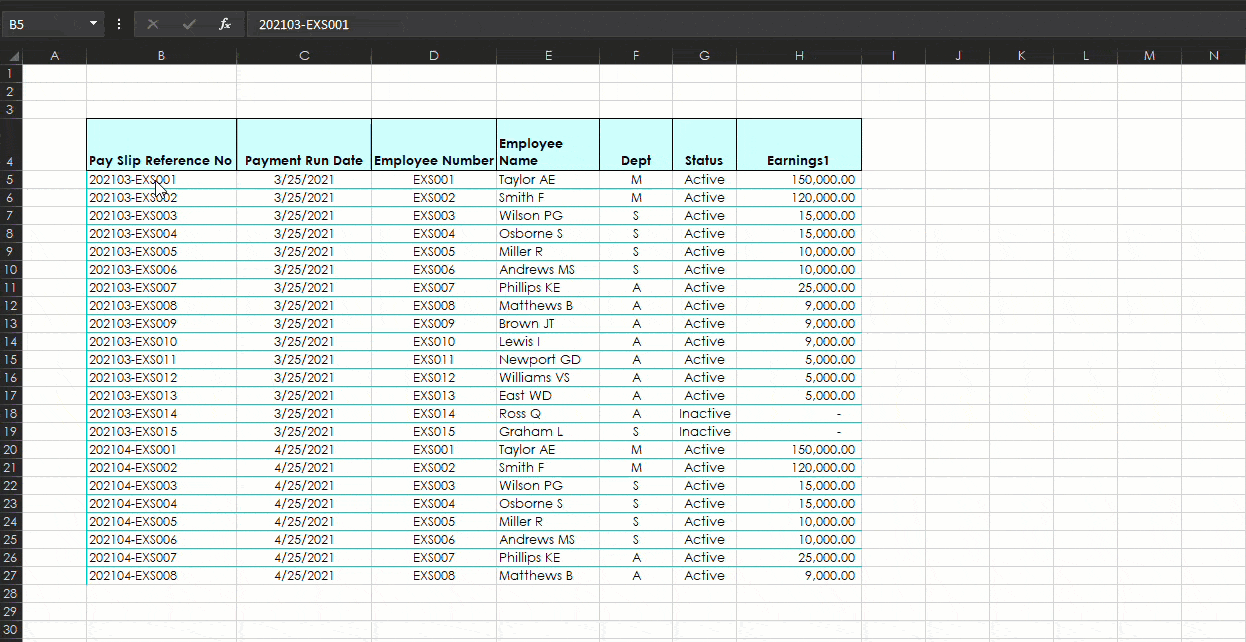
Use text values-Columns in your dataset that will be used for location (ZIP Codes, for example) should be formatted as textual values, not numerical values. Using an Excel table allows ArcGIS for Office to add columns containing new information to the dataset. Use Excel tables-In most cases, it's recommended that you format your data as an Excel Excel table before you add it to the map. You can quickly add a layer to your map by using the default options, or you can specify your data source, location type, and styling options manually. When you begin the Add Data workflow, ArcGIS for OfficeĪnalyzes the data in the currently selected Excel table or range of cells and suggests the best ways to represent it on the map. Combined, these features allow me to build fully relational databases for clients and myself using only a spreadsheet, albeit not a Numbers one.After you've added a map to your worksheet, you can add layers from the data in your Excel Ditto for conditional formatting and (if present) validation rules. All that seems to be missing is the ability to use a formula as a popup menu value. INDEFINITE allows referencing data using a string that looks like a reference. MATCH and INDEX allow me to lookup data from a table based on values in another table. Of course for this case I would not need Table A I would just enter values in Table B and the popup format would already manage its own values from those already entered/deleted/etc…īy way of rationalization for this method, I am not saying Numbers should be able to do everything Excel does, although if it did I could get rid of Calc and enjoy a Mac-like experience for all my spreadsheet and database needs😉 Still, all the functions have been in place since at least 2009. The popup menu for values in Table B must reflect edits to values in Table A, such that if I duplicate a value in Table A it shows up in the popup in Table B only once, and if I delete all instances of a value in Table A the popup menu in Table B no longer has that value, etc… This is a gross simplification. Table A contains a column of values, and Table B contains a column of values that I want to constrain to only the values in Table A-via a popup menu or a validation rule (also missing from Numbers as far as I can find). It's likely I have not made my goal clear. I get the Numbers paradigm and I like it, but I have failed to find a way to dynamically relate values in one table from values in another table for validation (popup menus) and conditional formatting in a sheet in Numbers. if your names don't work in your formulas, try changing them slightly adding another letter or number to the end. One thing I have discovered, is that there is an undocumented reserved word list, that will sometimes fail your formulas. This will result in a range that is the row labeled "2" of "Gross Income" in the column or columns labelled "Value". To specify a column (or a range of columns) say "Value" Specify the syntax as Range("Value Gross Income 2). If you use another unique designator in the second header column, say (1,2,3,4,5), you can specify the syntax as Range ("Gross Income 2") and refer to the second row of the range alone. For example, if the first header column contains file merged cells with the value "Gross Income", the syntax Range ("Gross Income") refers to a five row range, the width of the table. In the expansion, 2 header rows and 2 header columns can be used. The syntax is expanded somewhat when using applescript (and I assume Xcode). if your formula requires a a cell, you must specify a "colname rowname" that evaluates to an intersection of one cell. if the rowname is not set a column range is set. 
if the column name is not specified, a row range is set. the sheet name is not used on the same sheet, the table name is not used in the same table. The naming syntax is: "sheet name::table name::colname rowname". For a multi column range - merge the header cells. Duplicate values in the headers are not allowed and take the syntax for formulas back to column letter row number.įor a multi row range - merge the header cells. The name selected is the rightmost or bottommost header cell with a value.

You type the range names in these headers. In your table, set 1 or 2 header rows and/or header columns.

To start, name your sheet (sheet name), then name your table (table name). you don't need to type multiple menu commands as in excel. What I like most, is simply entering values in the header row and column, also names the ranges, and the ranges are named including spaces, instead of replacing spaces with underscores. Numbers does support named ranges, in a way I find to be superior to Excel in most respects. Most of the responses in here are simply wrong.







 0 kommentar(er)
0 kommentar(er)
